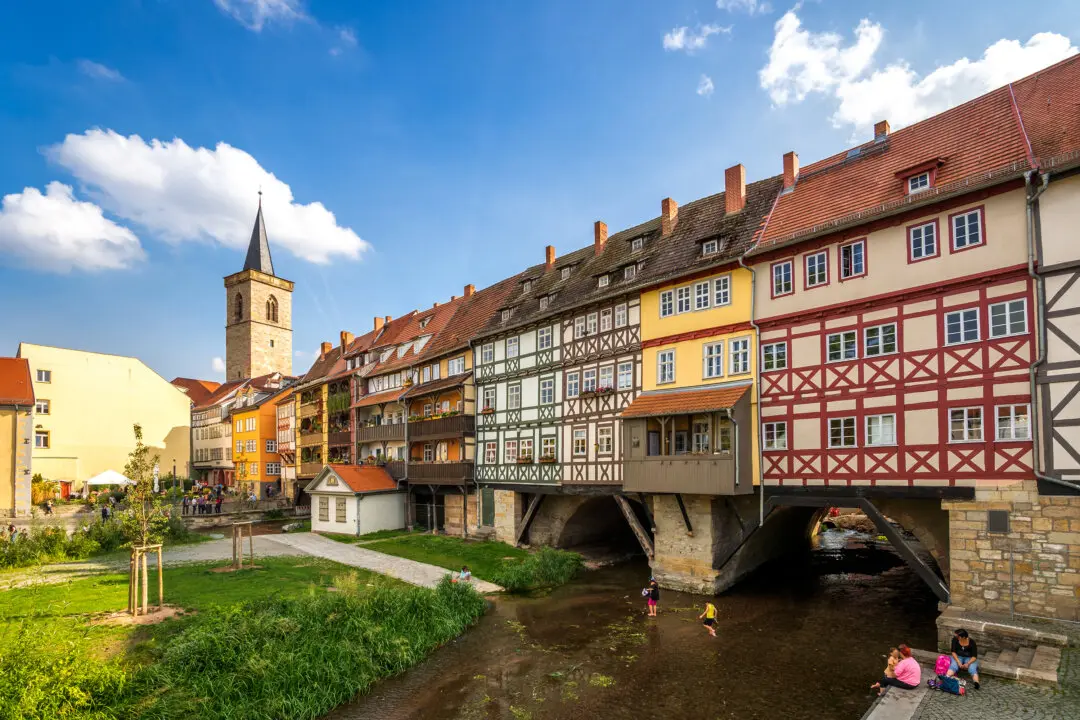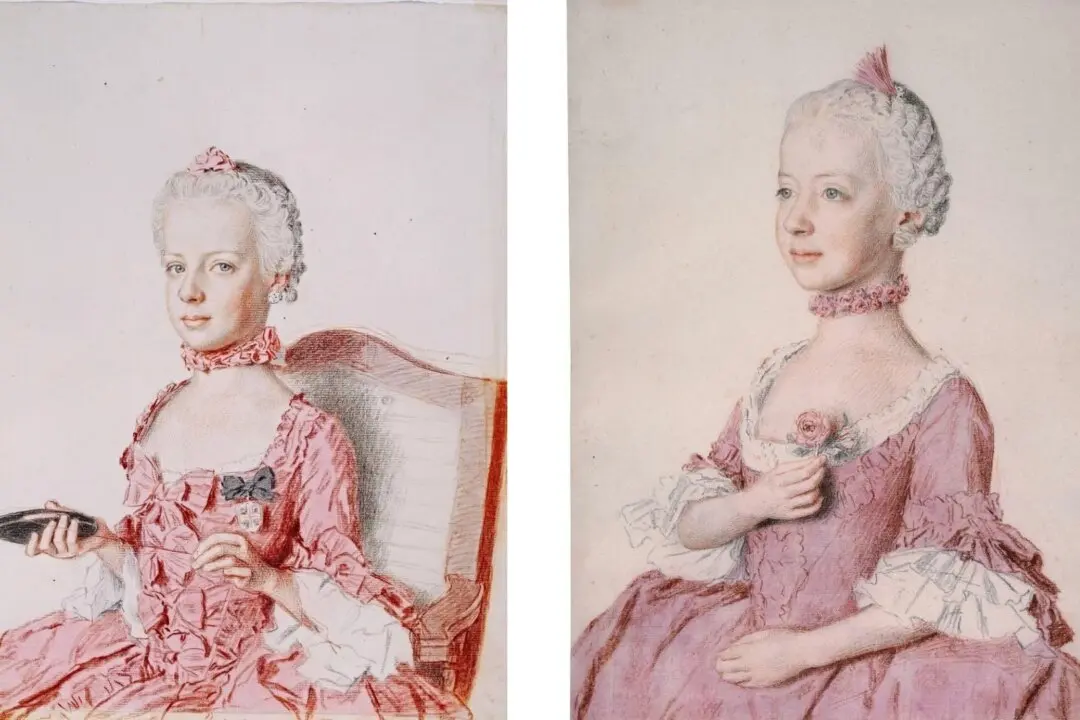If you’ve never heard of French artist Louis-Léopold Boilly, you’re not alone.
In the 2019 preamble for the “Boilly: Scenes of Parisian Life” exhibition at The National Gallery in London, experts noted that the artist was barely known in the UK, mainly because most of his works haven’t been studied together.






